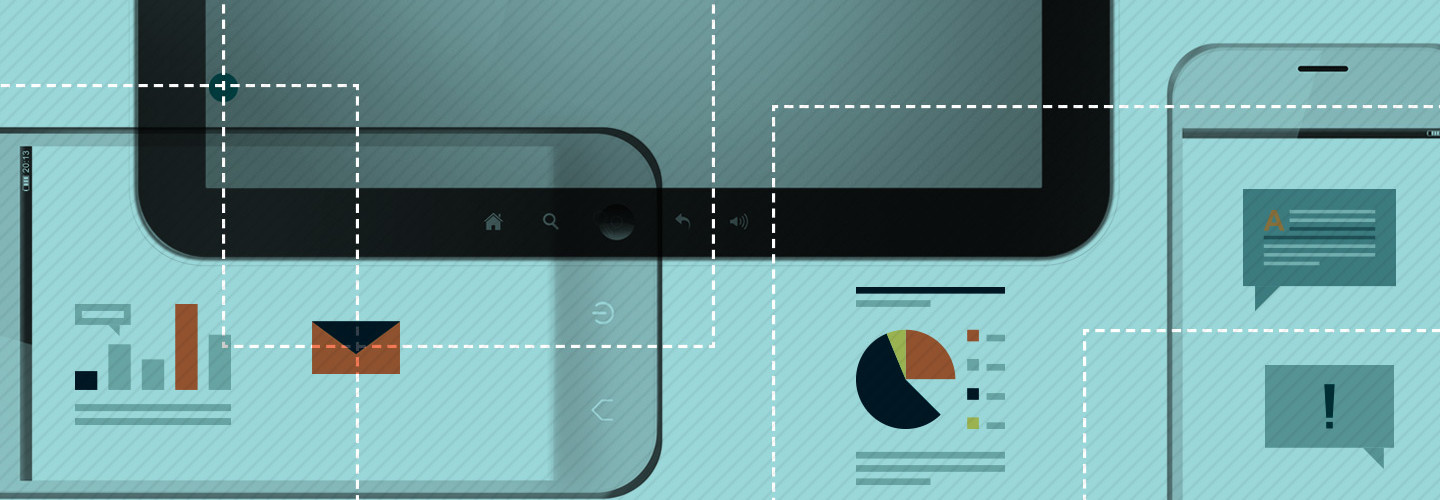4 Tips for Smart Use of Enterprise Mobility Management
As bring-your-own-device models become the rule for mobility, rather than the exception, IT managers are scrambling to upgrade to enterprise mobility management tools.
One new need is better control of valuable corporate data on users’ smartphones and tablets. To help with this need, the latest EMM tools offer containers: software tools to partition, protect and, when necessary, erase corporate email, address books, files and application data.
But not all uses of EMM will make sense for all businesses. Here are four ways to make the best use of it across devices:
1. Define the Risk To Your Business
IT managers should adopt containers only if they are highly concerned about the risk of exposure of data on employees’ mobile devices.
Containers are a valuable tool, but they require IT support. The most common BYOD devices (based on Apple iOS and Google Android operating systems) are not designed from the ground up for phones or tablets, so installing containers changes their user interfaces.
Some EMM tools implement containers by replacing the email and address book with their own versions, as well as adding tools for data access. A business will want to look at both benefits and downsides.
2. Weigh Costs and Frustration Factors
Containers add support costs and may be irksome to employees if a basic operation, such as emailing a document, is forbidden by the container technology.
Users often need to switch contexts when containers are in place, separating corporate and personal logins, which affects user experience and slows processes.
For IT managers, the continual updates common to devices and apps require vigilant monitoring. When using EMM, an IT team will need to conduct regular testing to ensure updates don’t cause compatibility or functionality glitches.
3. Address Device Loss and Data Encryption
Container technology helps prevent security breaches (both intentional and unintentional), but it doesn’t address device loss or theft.
Evaluate the types of corporate data that will be present and identify potential loss scenarios. Containers reduce risks but don’t eliminate them.
For example, container technology might prevent a user from forwarding a sensitive email attachment.
But if the user leaves the device unlocked on a table in a restaurant, the document might still be visible if snatched. Password and encryption are the answer here.
4. Compare EMM Products Closely
IT managers should be prepared to shop around. EMM makers have taken different approaches to containers, and a business will want to find the product that best aligns with its mobility environment and security needs. In other words: Don’t try to fit a square peg into a round hole.








